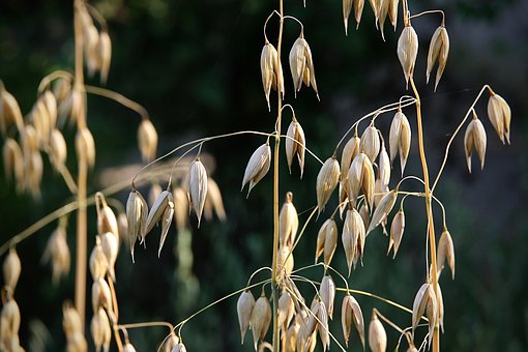Fewer moulds in organic cereals
Moist summers cause special problems for mills and bakers: whole grain fields, wheat, rye and maize, are infested by Fusarium. These are moulds that release their toxins into the cereal grains. When ingested with food, they can have a cell-damaging effect and impair the immune system. Infants and people with a disturbed immune system are at risk.
It confronts plant cultivation with special problems for the recurring Fusarium infestation of the cereal fields. So far, there are no effective pesticides against the fungal poisons.
For the consumer it is treacherous that he can neither taste nor see nor smell the small amounts of the mushroom poison occurring in food like bread. With the processing, the content of mould toxins can be reduced, but not obliterated.
A study by the University of Hohenheim now offers orientation aids. Of the sixty cereal samples taken in southern Germany, conventional cereals had a higher content of undesirable Fusarium toxins than organic cereals.
Using organic products is worthwhile for wholemeal freaks because grains or wholemeal flour contain more of the Fusarium poisons than white flour. When looking at the entire food chain, organic white flours also win out, because the residual components of the grain end up in animal feed - or in wheat bran extracts for human consumption - and thus sometime back on the consumer’s plate.
Tips
Store your bread dry and airy at all times.
Wash the bread container once a week with vinegar water.
Damp, warm weather promotes mould growth.
Mildewed sliced bread should be discarded in any case
Mould formation on loaves of bread can be cut out over a large area and we can still eat the rest of the bread.
Author: Brigitte Neumann
imprint data privacy images by www.pixabay.com

